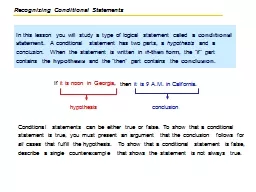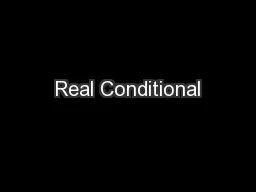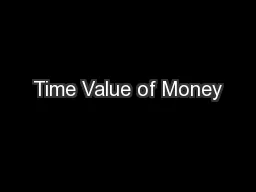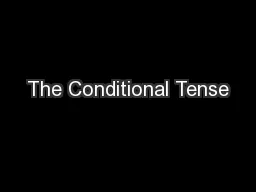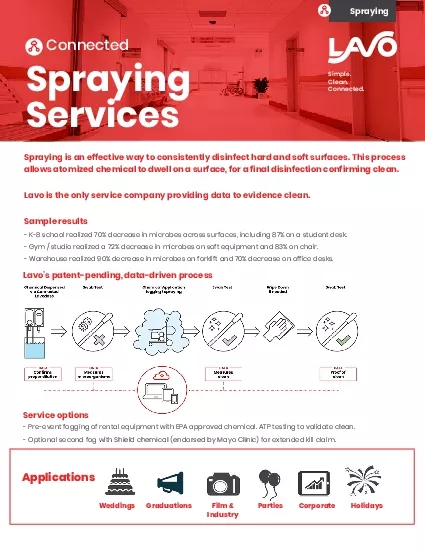PPT-Conditional alphas and realized betas
Author : tatyana-admore | Published Date : 2015-11-27
Valentina Corradi University of Surrey Walter Distaso Imperial College London Marcelo Fernandes Sao Paulo School of Economics FGV and Queen Mary University
Presentation Embed Code
Download Presentation
Download Presentation The PPT/PDF document "Conditional alphas and realized betas" is the property of its rightful owner. Permission is granted to download and print the materials on this website for personal, non-commercial use only, and to display it on your personal computer provided you do not modify the materials and that you retain all copyright notices contained in the materials. By downloading content from our website, you accept the terms of this agreement.
Conditional alphas and realized betas: Transcript
Download Rules Of Document
"Conditional alphas and realized betas"The content belongs to its owner. You may download and print it for personal use, without modification, and keep all copyright notices. By downloading, you agree to these terms.
Related Documents


